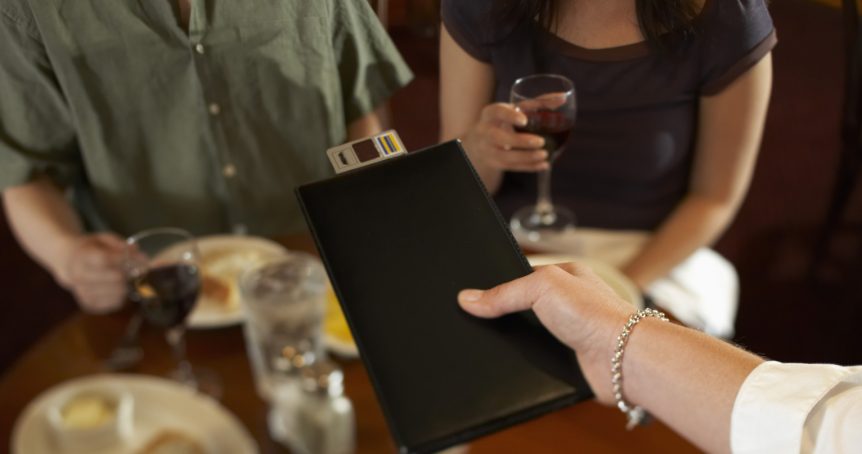The basic rule is that if you are paying for meals or entertainment with your clients, you are able to deduct of to 50% of the total cost – including tax and tips. CRA’s website lists the following examples of allowable expenses.
- meals eaten with customers
- the cost of tickets for a theatre, concert, or athletic event, or other performance
- the cost of private boxes at sports facilities
- the cost of room rentals to provide entertainment, such as a hospitality suite
- the cost of cruises
- the cost of admissions to fashion shows
- the cost of entertaining guests at clubs (night, athletic, social, and sporting), as well as on vacation and similar trips
- taxes, gratuities, and cover charges are included in entertainment expenses
As you can see, this is much more than paying for lunch for a client. A wide variety of expenses can be claimed, as long as the taxpayer is able to demonstrate that the expense was “incurred for the purpose of earning income.” You must keep a record of the names of the customers being entertained in order to validate the deduction. A note in your calendar or a name on the back of the receipt would usually be enough to satisfy most auditors.
The one category of expense that is specifically denied (to the dismay of a few of our accountants) is anything related to golf. Club dues, green fees, and even meals at the clubhouse are disallowed. So, if you are going out for a meeting with a client, you can deduct a round of drinks but not a round of golf.

